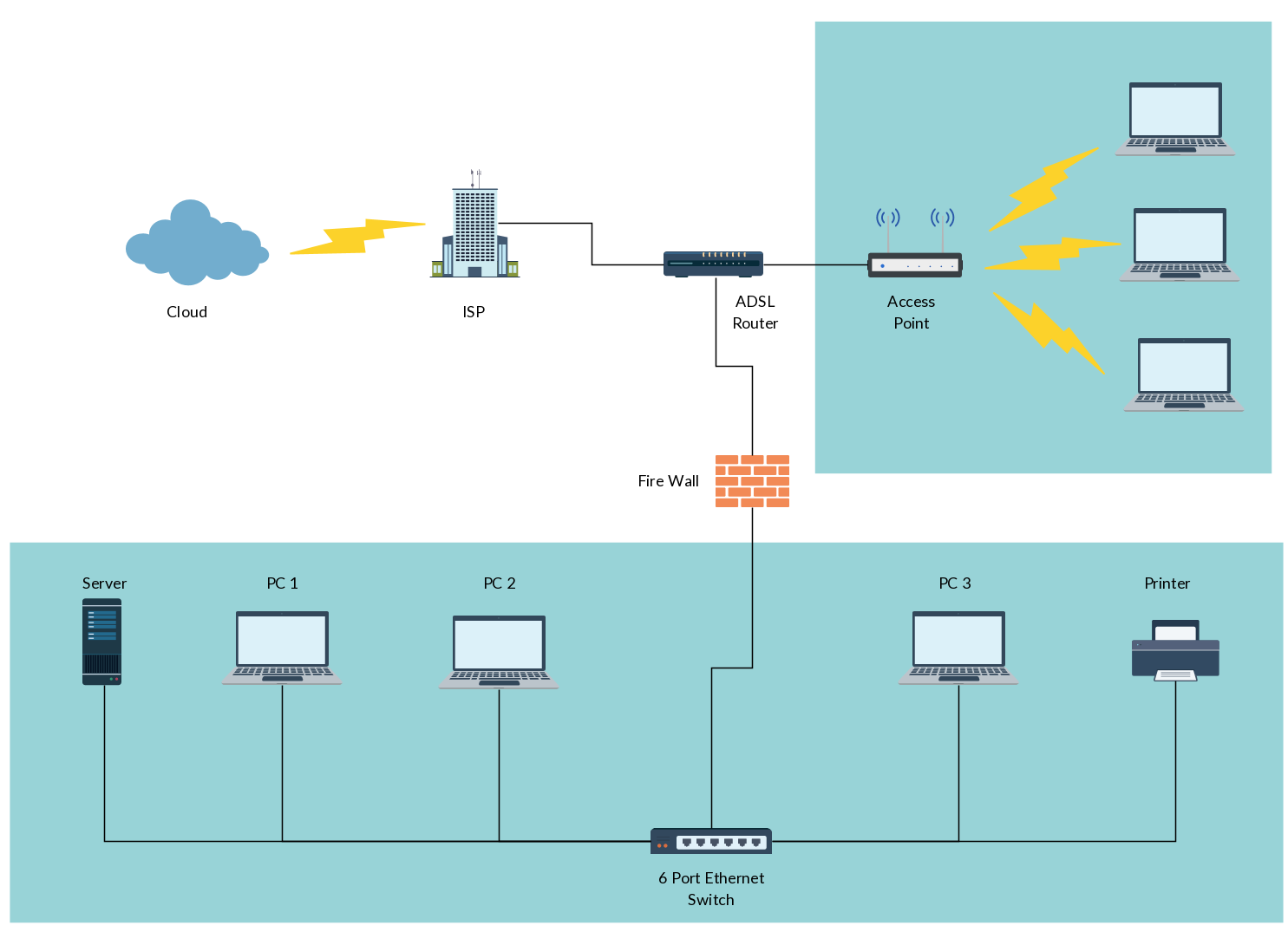week 3
Learning Aims and Objectives:
Aim: In this week's page, students will learn the.
Objectives:
1. By the end of this week's page students will be able to.
2. By the end of the week's page students will be able to.
3. By the end of the week's page students will be able to .
4. By the end of the week's page students will be able to
5. By the end of the week's page students will be able to.
A3 Service identification
Apply understanding of IT systems to analyse the IT service delivery requirements in a range of organisations and to be able to define an outline IT service strategy.
• Be able to define an organisation’s IT service delivery requirements by drawing on knowledge of:
o the purpose and type of organisation
o the aims and goals of the organisation
o customer experience, including:
– the services or products the organisation or function provides
– the organisation’s customers: needs, expectations, how product/service is delivered and will be consumed
o staff: needs, working styles and patterns
Lead-in: IT service life cycle depends on a range of key staff who undertake specific roles in the process. This includes:
- Architects, Developers, Project Managers, Technicians and Service Desk Personnel.
Using this website provide a very top level definition: http://careers.simplicable.com/careers/new/87-information-technology-job-descriptions
group work: each group should be allocated one of the roles to investigate. Learners should use the internet to find an advertisement for the role they have been allocated. Through this they will be able to explore job descriptions (including roles and responsibilities) and person profiles.
This is an opportunity for the learners to explore discreet recruitment agencies for the sector such as:
Computer People
http://www.computerpeople.co.uk/Pages/default.aspx
Computer Futures
http://www.computerfutures.com/en/
Cloud Scope
http://www.cloud-scope.co.uk/
CW Jobs
https://www.cwjobs.co.uk/jobs/computer
Certes
https://www.certes.co.uk/
Computer Recruiter
http://www.computerrecruiter.co.uk/
Other Useful sites;
https://www.planitplus.net/JobProfiles
find out the following:
- Key function of the role (activities generally undertaken).
- Expected qualifications on entry to this role.
- Expected skills and behaviours required.
o location: staff, customers, premises, market/service delivery point.
Complete page 7 - Service Identification of your Onenote class activities, it is essential that you complete this as this will provide revision notes towards your end of unit assessment
• The use, application and interpretation of diagrams to identify and represent the IT service (and related data and information) requirements of an organisation:
o functional charts
o data flow diagrams
o building/floor plans

o network diagrams.

Complete page 8 - Using Diagrams to Represent IT Servicesion of your Onenote class activities, it is essential that you complete this as this will provide revision notes towards your end of unit assessment
• Understand the contextual factors that affect the needs of an organisation and the identification of IT service requirements, to include:
o user and/or customer needs and expectations
o changes in demand for products and services
o scalability of the organisation and/or service(s) to meet the demand
o the moral and ethical considerations for organisations, including:
– monitoring of staff/user activity
– privacy concerns
– environmental
– freedom of speech/censorship
– the purpose, content and enforcement of acceptable use policies
Complete page 9 - Contextual Factors Affecting the Needs of an Organisation of your Onenote class activities, it is essential that you complete this as this will provide revision notes towards your end of unit assessment
o current and relevant legislation applying to the use of IT systems:
– Computer Misuse Act 1990
– Copyright, Designs and Patents Act 1988
– Data Protection Act 1998
– Telecommunications Act 1984
– Interception of Communications Act 1985
– Health and Safety at Work etc. Act 1974
– Health and Safety (Display Screen Equipment) Regulations 1992
– Regulation of Investigatory Powers Act 2000 and Lawful Business Practice Regulations
– Waste Electrical and Electronic Equipment (WEEE) Regulations 2013
o security considerations
o developments in technology
o accepted and/or standard ways of working.
Complete page 10 - Current Legislation of your Onenote class activities, it is essential that you complete this as this will provide revision notes towards your end of unit assessment
EXAM PREP - REFER TO PAST PAPERS AND STUDENT EXAMPLES
Last Updated
2024-09-04 14:06:41
Links to Learning Outcomes |
Links to Assessment criteria |
|
|---|---|---|
English
Speaking:Speak to communicate clearly and purposefully; structure and sustain talk, adapting it to different situations and audiences; use Standard English and a variety of techniques as appropriate
Listening: Listen and respond to speakers ideas and perspectives, and how they construct and express meanings
Sentence Structure: Use a range of sentence structures for clarity, purpose and effect, with accurate punctuation and spelling.
Maths
Statistic extracting information: Tables, Diagrams, Charts and Graphs
Money: Budgeting, Estimating, Rounding to nearest pound, using correct symbols, calculating costs using a calculator
Time: Reading clocks and calendars, using timetables, organising appointments, conversions, dates
How 2's Coverage
Anonymous Assessment - Learners assess an anonymous piece of work containing deliberate mistakes against given success criteria.
Anonymous Assessment - Learners assess an anonymous piece of work containing deliberate mistakes against given success criteria.
Files that support this week
Week 2←
PrevWeek 3←
PrevWeek 4←
Prev→
Next→
Next